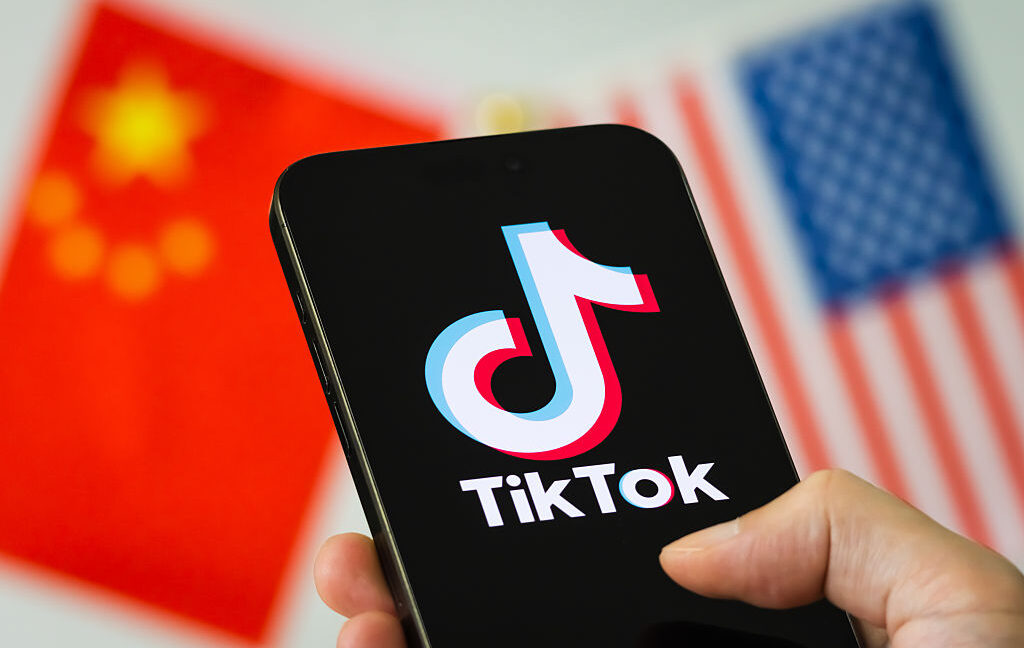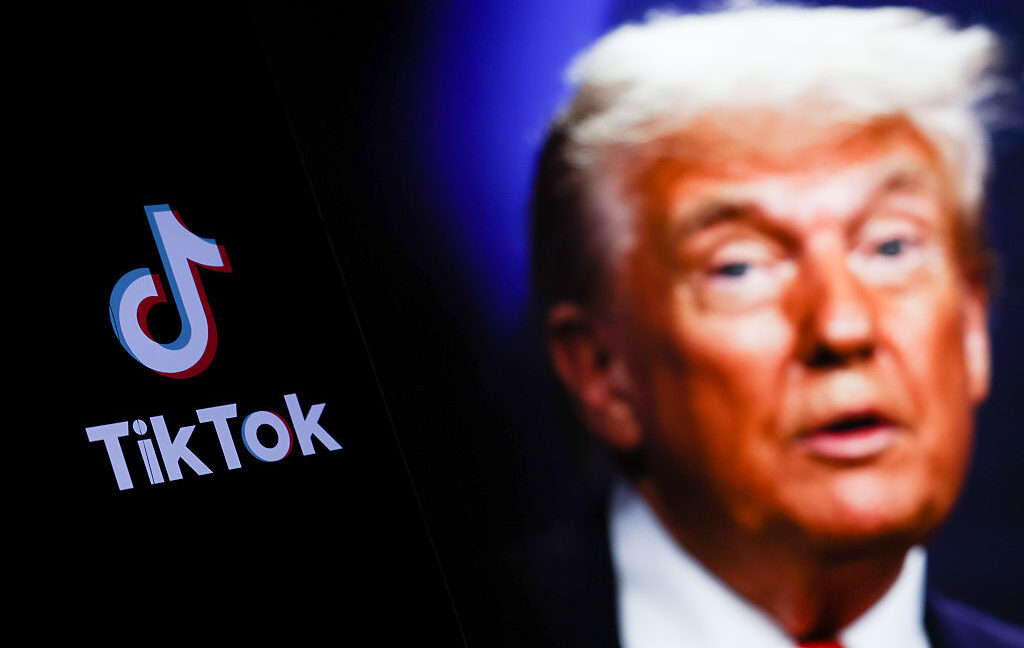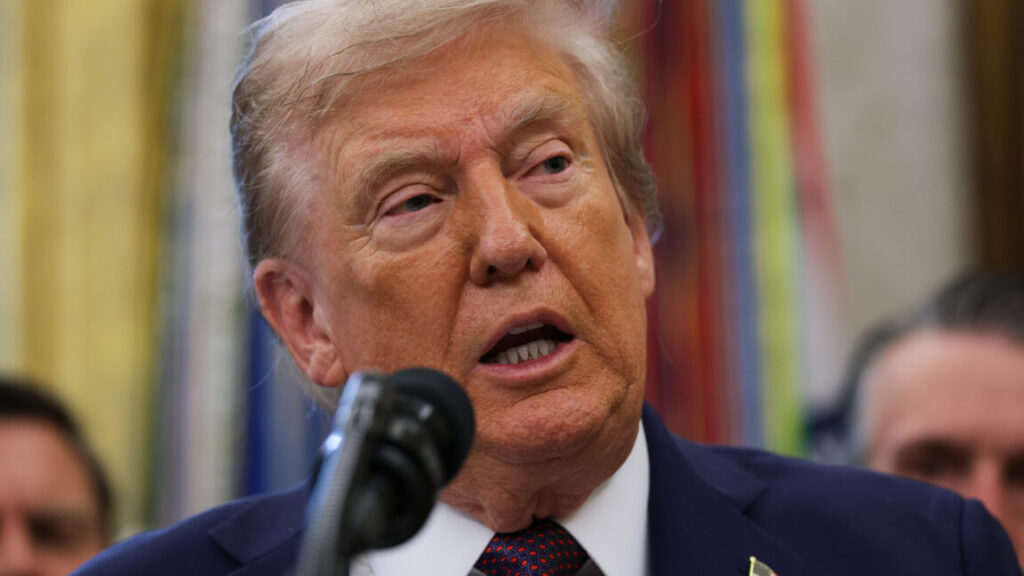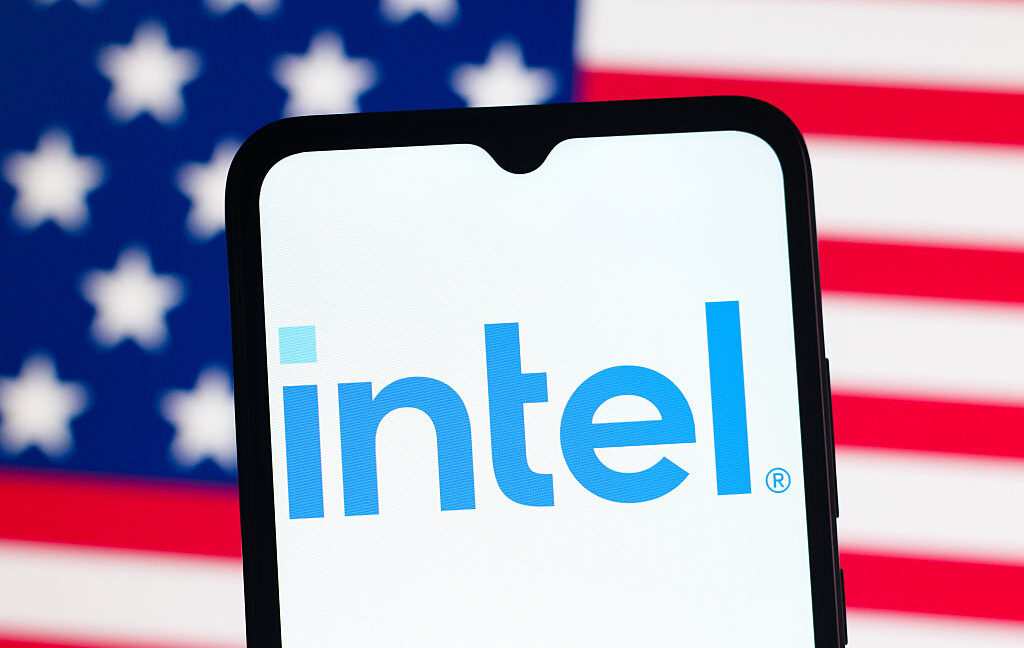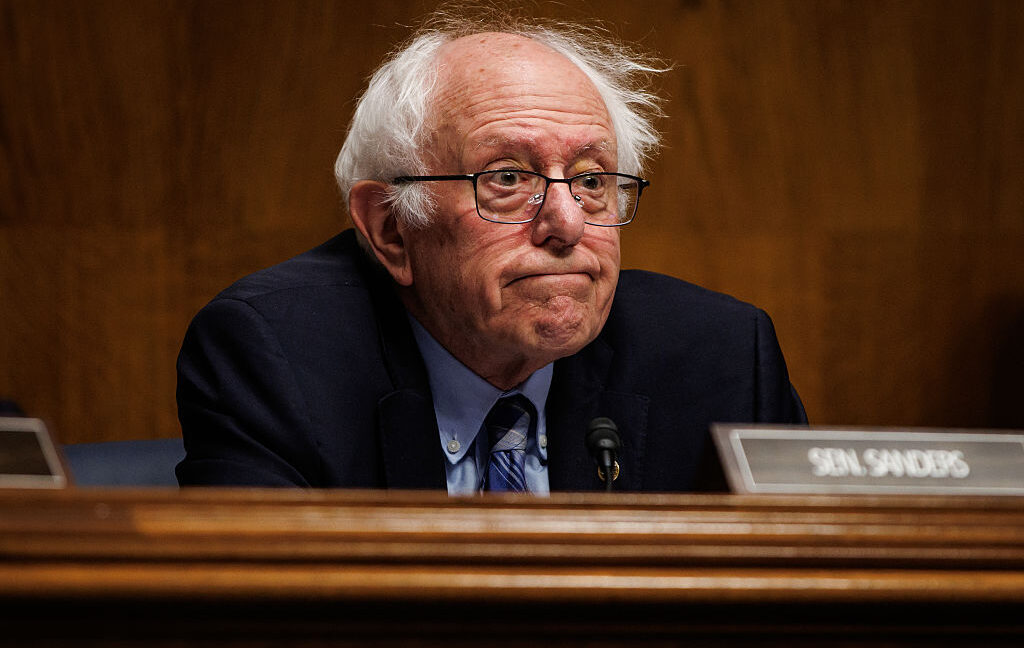“China keeps the algorithm”: Critics attack Trump’s TikTok deal
However, Trump seems to think that longtime TikTok partner Oracle taking a bigger stake while handling Americans’ user data at its facilities in Texas will be enough to prevent remaining China-based owners—which will maintain less than a 20 percent stake—from allegedly spying, launching disinformation campaigns, or spreading other kinds of propaganda.
China previously was resistant to a forced sale of TikTok, FT reported, even going so far as to place export controls on algorithms to keep the most lucrative part of TikTok in the country. And “it remains unclear to what extent TikTok’s Chinese parent would retain control of the algorithm in the US as part of a licensing deal,” FT noted.
On Tuesday, Wang Jingtao, deputy head of China’s cyber security regulator, did not go into any detail on how China’s access to US user data would be restricted under the deal. Instead, Wang only noted that ByteDance would “entrust the operation of TikTok’s US user data and content security,” presumably to US owners, FT reported.
One Asia-based investor told FT that the US would use “at least part of the Chinese algorithm” but train it on US user data, while a US advisor accused Trump of chickening out and accepting a deal that didn’t force a sale of the algorithm.
“After all this, China keeps the algorithm,” the US advisor said.
To the Asia-based investor, it seemed like Trump gave China exactly what it wants, since “Beijing wants to be seen as exporting Chinese technology to the US and the world.”
It’s likely more details will be announced once Trump and Chinese President Xi Jinping hold a phone conference on Friday. ByteDance has yet to comment on the deal and did not respond to Ars’ request to comment.
“China keeps the algorithm”: Critics attack Trump’s TikTok deal Read More »
